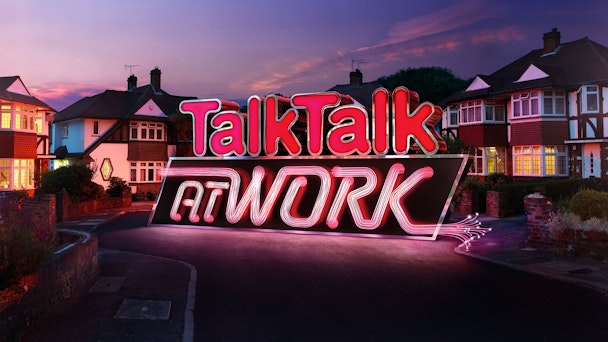TalkTalk’s community team being given the credit (and budget) it needs after brand emerges from hack with trust at a high
One year on from the catastrophic cyber-attack which cost thousands of customers and some £60m, TalkTalk has claimed that trust in the brand is higher than ever.

talktalk
Its ability to come out of the other side was in part due to the way the community team handled the crisis, something which has given rise to greater budgets heading to the department in an effort to transform what it does from complaints management into more robust consumer engagement.
Last October, hackers managed to steal information on 150,000 TalkTalk customers, with banking details of around 16,000 being taken as part of that. It was community management team on the frontline of the crisis, as they tried to manage the 50,000 messages a day (up from the usual 1,000) coming through its systems.
“TalkTalk quickly made a decision to be as open and honest as we could,” Stephen Fell, senior online engagement and content manager at the telcomms giant, told The Drum. “We could use the insight that we had to demonstrate the voice of the customer. And that insight helped inform the decisions they made at senior level.”
This, Fell suggested, has undoubtedly helped keep TalkTalk afloat where other brands might have sunk, and adds that one year on the brand is in a stronger position that ever before.
“We are now seeing that the actions we took were a success. We know that from the surveying we do and data around customer retention that after the cyber-attack, our customers trust us a lot more because we were so open and honest. People, on reflection, valued that. And now, customers are less likely to leave us than before the cyber-attack,” he explained.
And this has helped Fell show senior management why the community management team is vital to the company. By his own admission, before the cyber-attack TalkTalk was fragmented in how it dealt with customer queries across various channels and no one knew exactly where it should sit within the organisation.
“Community has been a bit of an unknown, a hot potato, and whilst I’ve been looking after it has [fallen under] brand, marketing, services, online, sales – it’s almost as if no one really knows where it sits. And we have struggled to get traction to do what we want to do.”
What Fell wants to do in the first instance is overhaul its near 10-year old 'Community' website from a negative “dumping ground” into something more positive. And he believes that content is the way to do it.
“We don’t just want to be a support channel. We actually want to drive more engagement with customers in our channel,” he said. “I’m calling it 'Community 3.0' which is to repurpose that community and move it away from being seen as a support channel and more like a lifestyle destination-type service.”
Come October the website will be redesigned to make it more media rich and the community team will begin to surface editorial content on subjects like TV and mobile. The charge will remain in the remit of the community management team and that has ultimately meant upskilling them from doing basic one-to-one support to curating and creating content. Although in time Fell will look to hire in people with a journalism background.
“Ultimately we want to change the sentiment. We know that we’re never going to get customers talking positively about a complaint they might have. And while we’re still going to give them space to do that, we want to start making our community about something else," he said.
The road is going to be a long one, especially given the fact that on a good day only 200,000 people use the 'Community' webpage out of a pool of four million customers. But if it works, not only does Fell believe it will continue to rebuild the brand in wake of the hack but in time prove itself to me a revenue making channel.
“From a customer acquisition point of view we don’t do anything today, but throughout the next three years as we change sentiment and it becomes much more positive I would like it to be seen as a revenue generator.”
Laying the foundations
The irony of having such innovation off the back of a crisis like last year’s hack attack isn’t lost on Fell. At the time it happened, the brand's customer services team were unknowingly laying the foundations for the future, both for how the department would operate and how the company would respond to future emergencies.
The majority of those queries in the immediate aftermath of the hack were comments linking to news articles about it, but a noticeable proportion were from concerned customers and so TalkTalk set up an algorithm using Lithium Technologies to differentiate between the two groups of people.
To try and reassure them, a system was put in place to instantly respond to people and direct them to an FAQs page. That page was updated every 30 minutes with new information or answers to questions that were coming in through social.
After the initial wave of messages coming through its systems had abated, the telco began the process of replying to people individually. For the 60 per cent of the customers that contacted the company, TalkTalk claims that they were all responded to within one hour.
Fell and his team were also able to instantly feedback to every other department in the business – including chief executive Dido Harding – on what exactly customers were feeling.
“We could use the insight that we had to demonstrate the voice of the customer. And that insight helped inform the decisions they made at senior level,” he explained.
This is now the same process implemented whenever there is an issue on its network, such as the recent outage which left customers without service on landlines.

